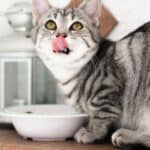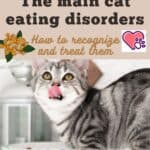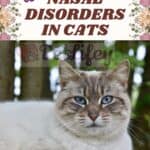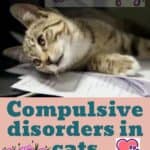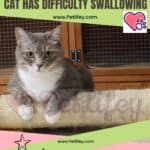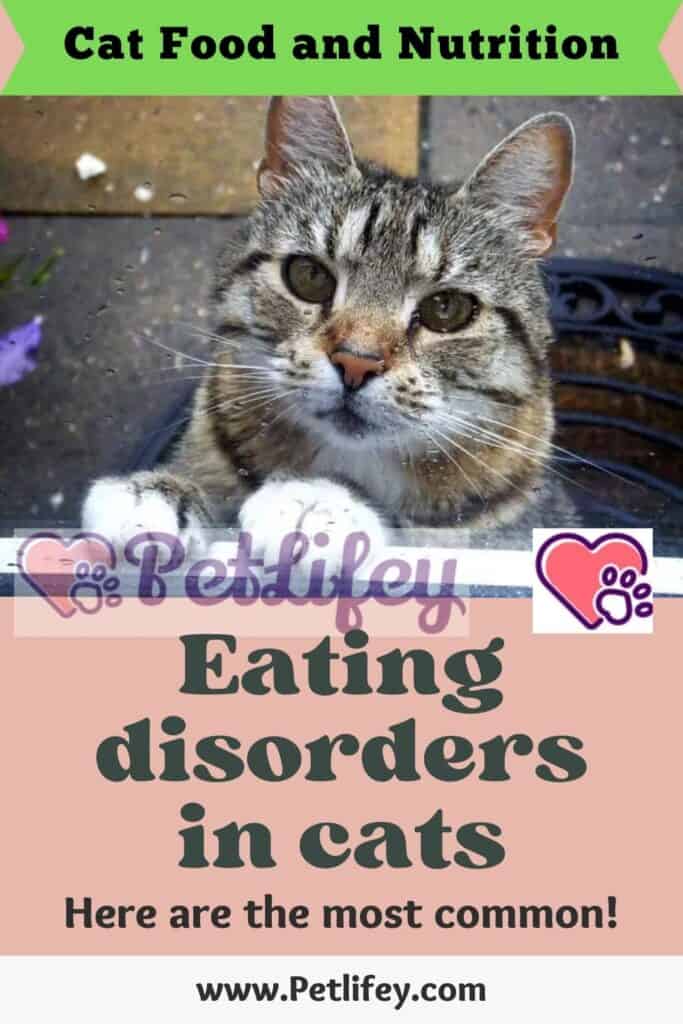
Just like humans, cats can suffer from eating disorders. In this case, it is necessary to immediately identify the source of the problem and react quickly. And for good reason, eating disorders can have serious consequences on the health of our feline friends, and even be fatal to them!
1. Bulimia
The cat is an opportunistic animal. In fact, as far as food is concerned, it takes what is given to them at the time, always with the idea that it might run out later.
Some felines manage perfectly to manage this fear of missing out, while others do not. On the contrary, the latter tend to swallow their food, as if they had the devil at their heels, or even to eat all the contents of their bowl even though they are no longer hungry. Still others crave food throughout the day, as if they were never satisfied.
This bulimic behavior can have several origins: stress, boredom, lack of affection, rivalry with another animal at mealtime, overeating… In all cases, it is essential to act quickly, in particular by asking for help from a veterinarian or a feline behaviorist. Indeed, bulimia in cats can not only cause significant weight gain – and therefore health problems (diabetes, liver disease, etc.) – but also other ailments, such as digestive disorders or risk of suffocation.
Good to know: good eating habits start at an early age! Thus, feeding a kitten of 1 month or more requires knowledge as well as a certain attention so as not to make mistakes. Note that an already adult cat may take longer to integrate this learning.
2. Anorexia
Conversely, some cats stay away from their food bowl, leading to irreparable weight loss. In this case, it is also common to observe great fatigue in the animal, a lack of reactivity, or even depression.
Here again, a health problem may be the cause (kidney failure, cancer, pain in the mouth, etc.), hence the importance of going to the veterinarian. But once any health problem has been ruled out, the behavioral causes should be sought: stress linked to a change in environment or diet, separation anxiety, lack of activity, etc.
3. Pica
Pica is an eating disorder that causes affected cats to eat inedible objects. It can be stones, fabrics, plastic, hair, or even excrement.
This condition is particularly dangerous since the cat can not only choke, but it can also swallow an object that is potentially toxic to it. Not to mention that the risk of intestinal obstruction is high.
After ruling out all medical causes (dietary deficiencies, intestinal parasites, brain tumours, etc.), psychological causes must then be considered.
Our tips for feeding your cat well
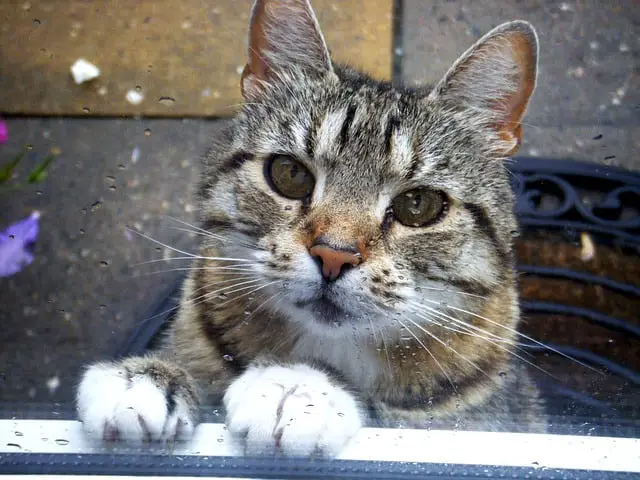
In any case, to prevent a cat from suffering from eating disorders, several solutions exist:
- Feed them at regular times.
- Split your daily food ration into three to five meals a day (more if possible).
- Never feed them outside of meals.
- Serve them their meals in a quiet, closed room, away from other animals in the house.
- Vary your food (but always favor a higher quality diet!)
- Make mealtime more stimulating by opting for kibble dispenser toys (Pipolino, etc.) or by hiding your food.
- Play with them several times a day to fight against stress and boredom.

